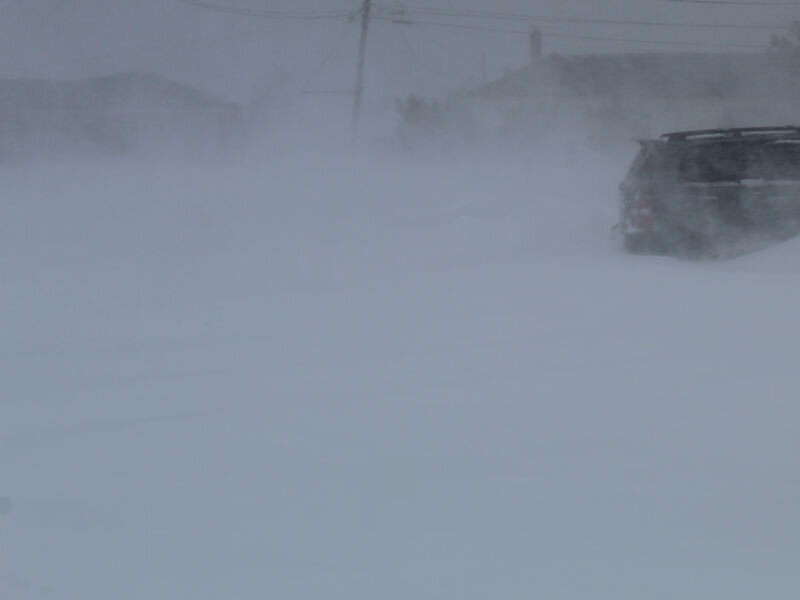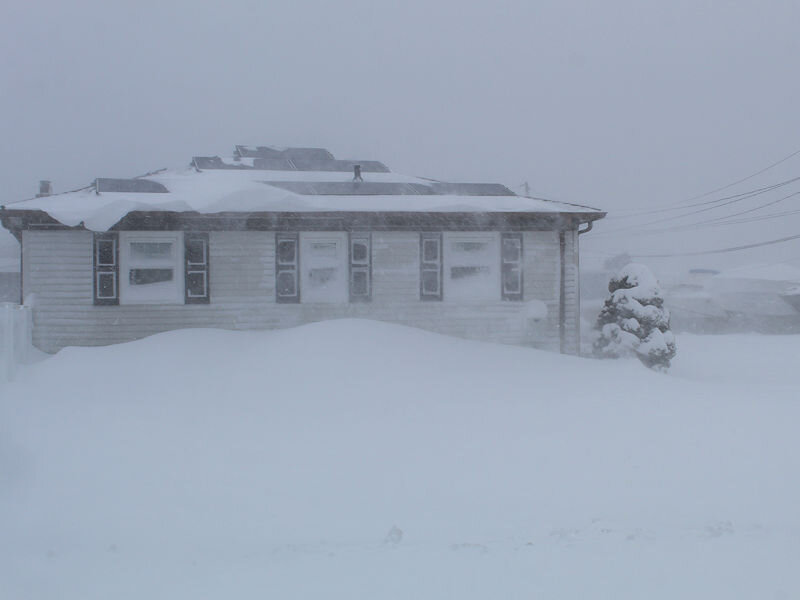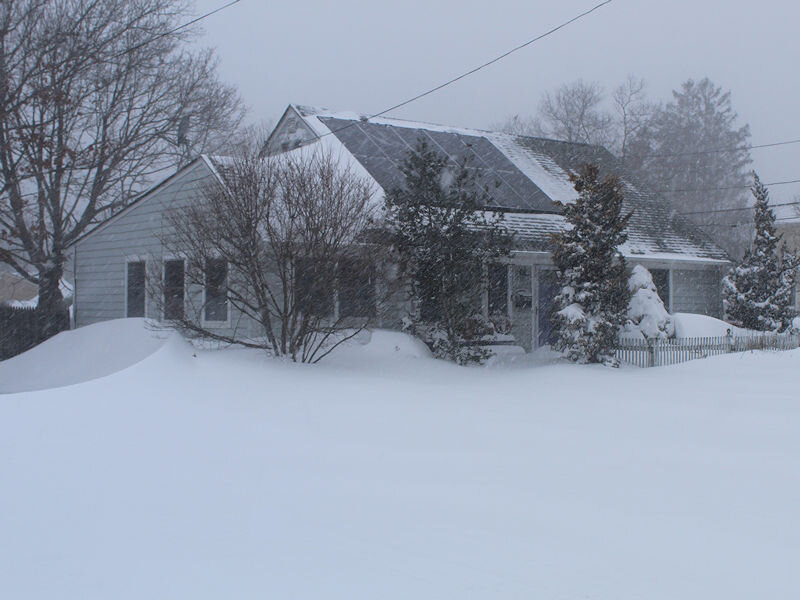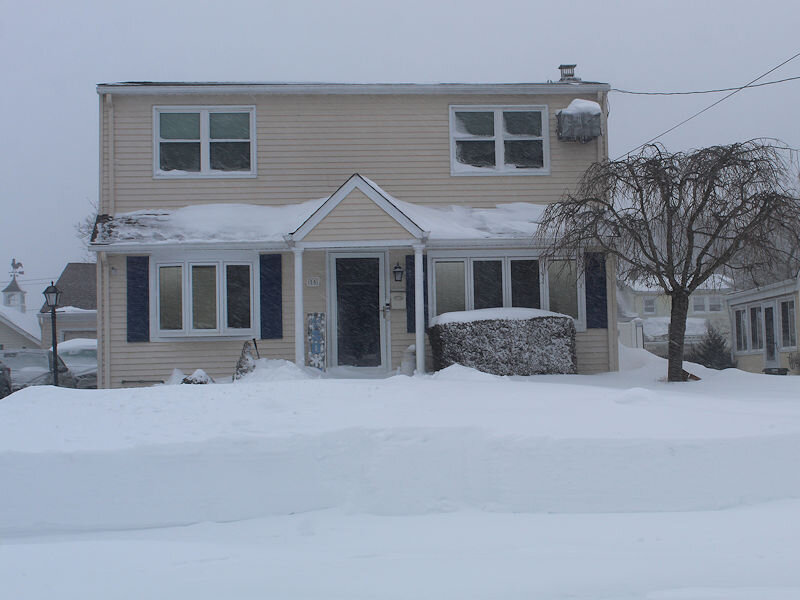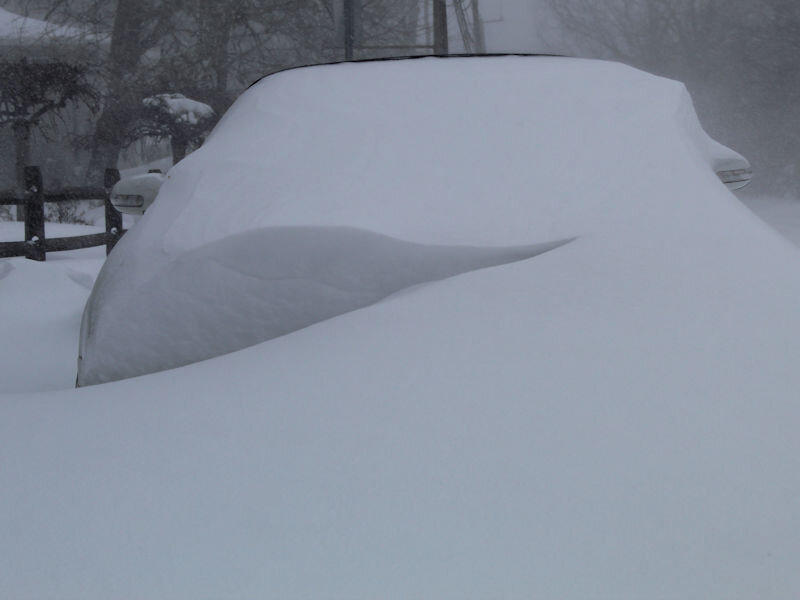-
Posts
22,876 -
Joined
Content Type
Profiles
Blogs
Forums
American Weather
Media Demo
Store
Gallery
Everything posted by donsutherland1
-
Morning thoughts… It will be partly sunny but cold. High temperatures will likely reach the upper 20s and lower 30s in most of the region. Likely high temperatures around the region include: New York City (Central Park): 30° Newark: 30° Philadelphia: 32° It will turn milder at midweek, but more cold air is likely to return for the weekend.
-
Generally colder than normal readings will continue through midweek. Afterward, it will turn briefly milder before another cold front pushes across the region. That front could bring some rain or rain changing to snow late in the week. There are some hints on the long range guidance that the second half of February could experience a significant pattern change. That pattern change would lead to a return of sustained above normal readings. Much can still change given the timeframe involved. The ENSO Region 1+2 anomaly was -0.5°C and the Region 3.4 anomaly was -0.8°C for the week centered around January 19. For the past six weeks, the ENSO Region 1+2 anomaly has averaged -1.05°C and the ENSO Region 3.4 anomaly has averaged -0.98°C. La Niña conditions will likely persist through meteorological winter. The SOI was +24.03 today. The preliminary Arctic Oscillation (AO) was +0.713. On January 28 the MJO was in Phase 7 at an amplitude of 0.614 (RMM). The January 27-adjusted amplitude was 0.507 (RMM). Based on sensitivity analysis applied to the latest guidance, there is an implied near 100% probability that New York City will have a colder than normal January (1991-2020 normal). January will likely finish with a mean temperature near 30.2° (3.5° below normal).
-

OBS/DISCO - The Historic James Blizzard of 2022
donsutherland1 replied to TalcottWx's topic in New England
Thank you, Will. -

OBS/DISCO - The Historic James Blizzard of 2022
donsutherland1 replied to TalcottWx's topic in New England
Is that in Worcester? -
Morning thoughts… In the wake of yesterday’s snowstorm, today will be fair but cold. High temperatures will likely reach the middle 20s in most of the region. Likely high temperatures around the region include: New York City (Central Park): 24° Newark: 24° Philadelphia: 24° Tomorrow will be fair and somewhat warmer with temperatures returning to the 30s.
-

January 28/29 Blizzard Observations/Discussion/Nowcasting
donsutherland1 replied to Northof78's topic in New York City Metro
There are exceptions. This could have been one. But it was still a nice storm for NYC. -

January 28/29 Blizzard Observations/Discussion/Nowcasting
donsutherland1 replied to Northof78's topic in New York City Metro
Long Island and New England don’t need it as much as NYC, PHL, or DCA. -

January 28/29 Blizzard Observations/Discussion/Nowcasting
donsutherland1 replied to Northof78's topic in New York City Metro
I took the LIE, but only after taking 25B to Nassau County. The ramp to the LIE from the Clearview Expressway was closed due to stuck trucks. -

January 28/29 Blizzard Observations/Discussion/Nowcasting
donsutherland1 replied to Northof78's topic in New York City Metro
The snow actually grew very heavy as I approached the Queens-Nassau County border. -

January 28/29 Blizzard Observations/Discussion/Nowcasting
donsutherland1 replied to Northof78's topic in New York City Metro
It’s possible. It wouldn’t surprise me. -

January 28/29 Blizzard Observations/Discussion/Nowcasting
donsutherland1 replied to Northof78's topic in New York City Metro
The snow grew heavier as I headed East. It was extremely heavy from Islip to Holbrook to Patchogue. -

January 28/29 Blizzard Observations/Discussion/Nowcasting
donsutherland1 replied to Northof78's topic in New York City Metro
I had planned to see my sister and the visit coincided nicely with the storm. -

January 28/29 Blizzard Observations/Discussion/Nowcasting
donsutherland1 replied to Northof78's topic in New York City Metro
The snow was noticeably heavier as I drove eastward across Queens. -

January 28/29 Blizzard Observations/Discussion/Nowcasting
donsutherland1 replied to Northof78's topic in New York City Metro
Final amount was 8.3”. -

January 28/29 Blizzard Observations/Discussion/Nowcasting
donsutherland1 replied to Northof78's topic in New York City Metro
-

January 28/29 Blizzard Observations/Discussion/Nowcasting
donsutherland1 replied to Northof78's topic in New York City Metro
From Patchogue late this morning: -

January 28/29 Blizzard Observations/Discussion/Nowcasting
donsutherland1 replied to Northof78's topic in New York City Metro
Thanks. I will be safe and will enjoy the storm. -

January 28/29 Blizzard Observations/Discussion/Nowcasting
donsutherland1 replied to Northof78's topic in New York City Metro
That was near exit 50. -

January 28/29 Blizzard Observations/Discussion/Nowcasting
donsutherland1 replied to Northof78's topic in New York City Metro
I am now in Patchogue visiting my sister. -

January 28/29 Blizzard Observations/Discussion/Nowcasting
donsutherland1 replied to Northof78's topic in New York City Metro
Long Island Expressway: -
HREF was around 12”-13” at JFK with 15” near the Nassau County-Queens border.
-
Morning thoughts… Snow from a powerful offshore storm will gradually end from west to east today. It will be windy and unseasonably cold. High temperatures will likely reach the upper teens and lower 20s in most of the region. Likely high temperatures around the region include: New York City (Central Park): 20° Newark: 22° Philadelphia: 24° Tomorrow will be fair but cold.
-
Also, there was a modest increase in snowfall in NYC and just north and west of the City.
-
It is. Hopefully, the storm will come a little farther west than modeled.
-
It looks like the 6” line is maybe 10-15 miles west of the Hudson River and the 10” line is just east of the East River.




